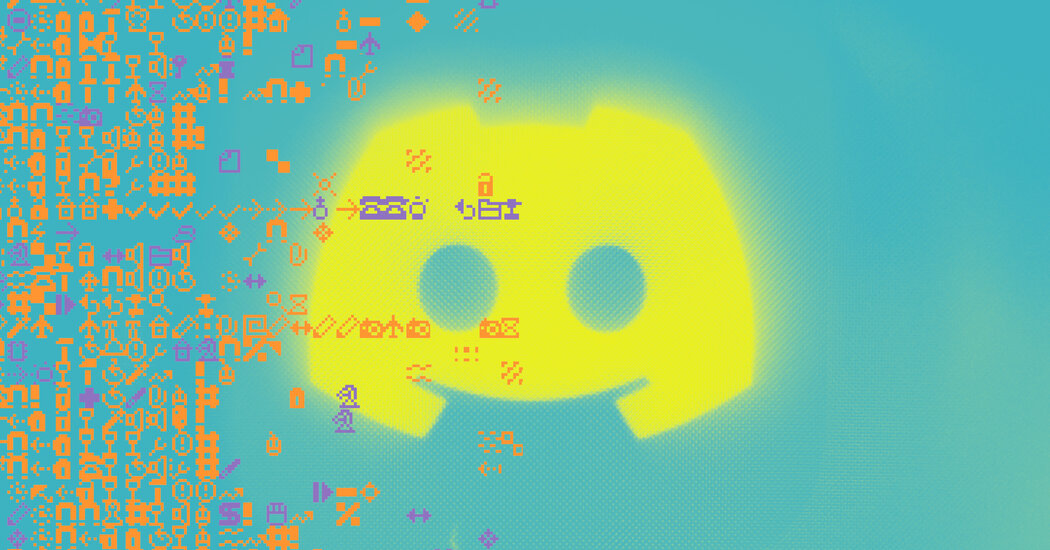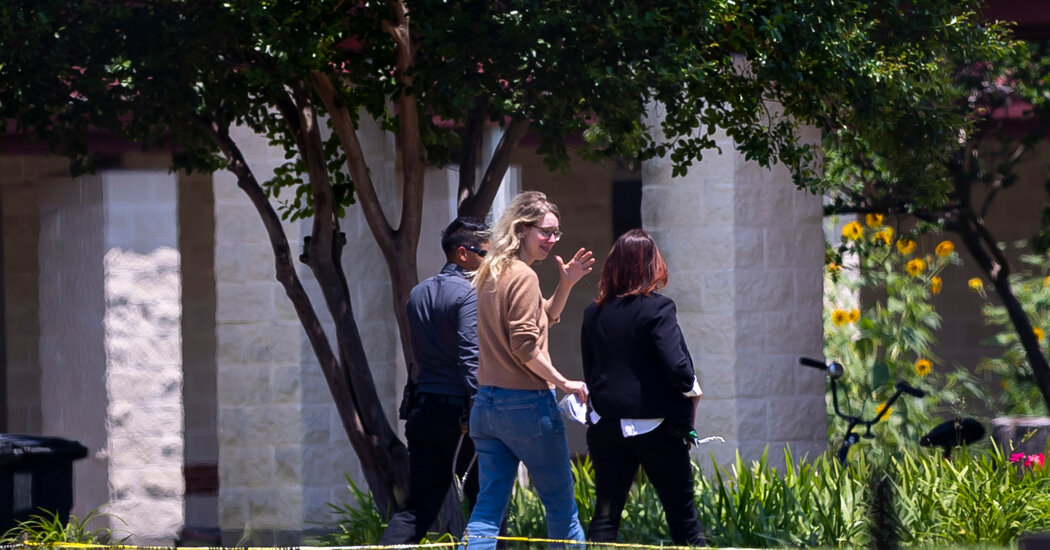What Does Workplace TikTok Look Like During Layoffs? It Gets Weird.
“Here’s a day in the life working at Google,” the clip opens. We watch a woman in Los Angeles drive to the office, get valet parking, fetch some iced coffee and a banana and tend to some tasks on a blurred-out screen. She shows off but declines to eat drawers full of snacks, then describes her complimentary salad in detail. Highlights of the office space around her include a nap room and a Harry Potter-themed conference room filled with flickering lamps and house flags.
“Welcome to a day in my life as a 22-year-old living in NYC and working at Google,” another clip begins. This employee describes a day of meetings, but films food and interiors: open areas filled with colorful couches, a room stocked with plants. The bathroom is stocked with Listerine, Lubriderm lotion and bobby pins; the fridges teem with Red Bull, baby carrots and a wide selection of juices. She fetches a plate of barbecue. She opens drawers labeled “snacks,” each containing more delights than the last: gum, mints, M&Ms, various bags of chips. She closes with a view of Chelsea Piers.
Workplace TikToks walk us through a day at a job — usually a well-compensated role in tech, banking or consulting. Energetic narrators, often women in their 20s, show off compressed and curated versions of their routines: commutes, coffee, tasks, amenities, lunch, meetings, dip out for happy hour. The videos seemed to peak, as a format, in 2022, as workers showed off the elaborate perks of working for tech and finance giants. In most, the substance of work was incidental; the narrators glossed over spreadsheets, deadlines and check-ins to such an extent that many saw the videos as evidence of just how spoiled and indolent the young professional class had become. But the clips were not about labor. They were about the performance of a class role that comes with the labor.
The offices, accordingly, convey expense and ease. The textures are smooth, the food is abundant. Tasks exist in negative space, and amenities fill the rest. These videos play the same role as the films and shows that once provided aspirational images of different industries: the romantic comedies about magazine editors, the TV dramas about glamorous lawyers, the stories of young tech workers in offices strewn with foosball tables — none of which belabored the parts where the characters answered emails. Young people have long turned to media to form ideas, including off-base ones, about work. On TikTok, they get those ideas not from Hollywood producers but from workers themselves. Indeed, the people making workday TikToks often claim, in voice-overs and interviews, that they are trying to increase access to exclusive work spaces and educate young workers, especially those from groups historically denied access to elite jobs.


